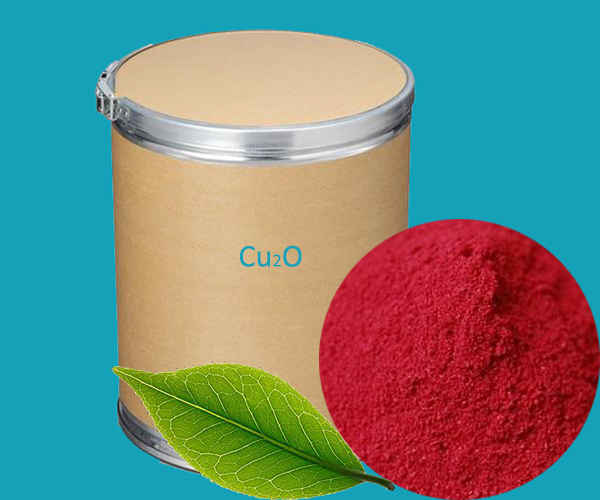Copper(I) Oxide is also called as cuprous oxide, an inorganic compound with the chemical formula Cu2O. It is covalent in nature. Copper(I) oxide crystallizes in a cubic structure. It is easily reduced by hydrogen when heated. It undergoes disproportionation in acid solutions producing copper(II) ions and copper. When the cupric oxide is gently heated with metallic copper, it is converted into cuprous oxide. It acts as a good corrosion resistance, due to reactions at the surface between the copper and the oxygen in air to give a thin protective oxide layer.
Properties of Copper(I) Oxide
Chemical Formula : Cu₂O
Appearance : Red-coloured solid
Density : 6 g/cm³
Molecular Weight/ Molar Mass : 143.09 g/mol
Boiling Point : 1800 °C
Melting Point : 1232 °C
Odour : No odour
Solubility : Insoluble in water
Uses of Copper(I) Oxide
Used in antifouling paints for boat and ship bottoms; it is an effective control over corrosion.
Used in paints for glass and porcelain.
Used as a p-type semiconductor material that was used to make photocells for light meters and fabricate rectifiers.
Used as a fungicide and seed dressing.
 English
English Español
Español Português
Português Français
Français Deutsch
Deutsch Русский
Русский 中文
中文 日本語
日本語
